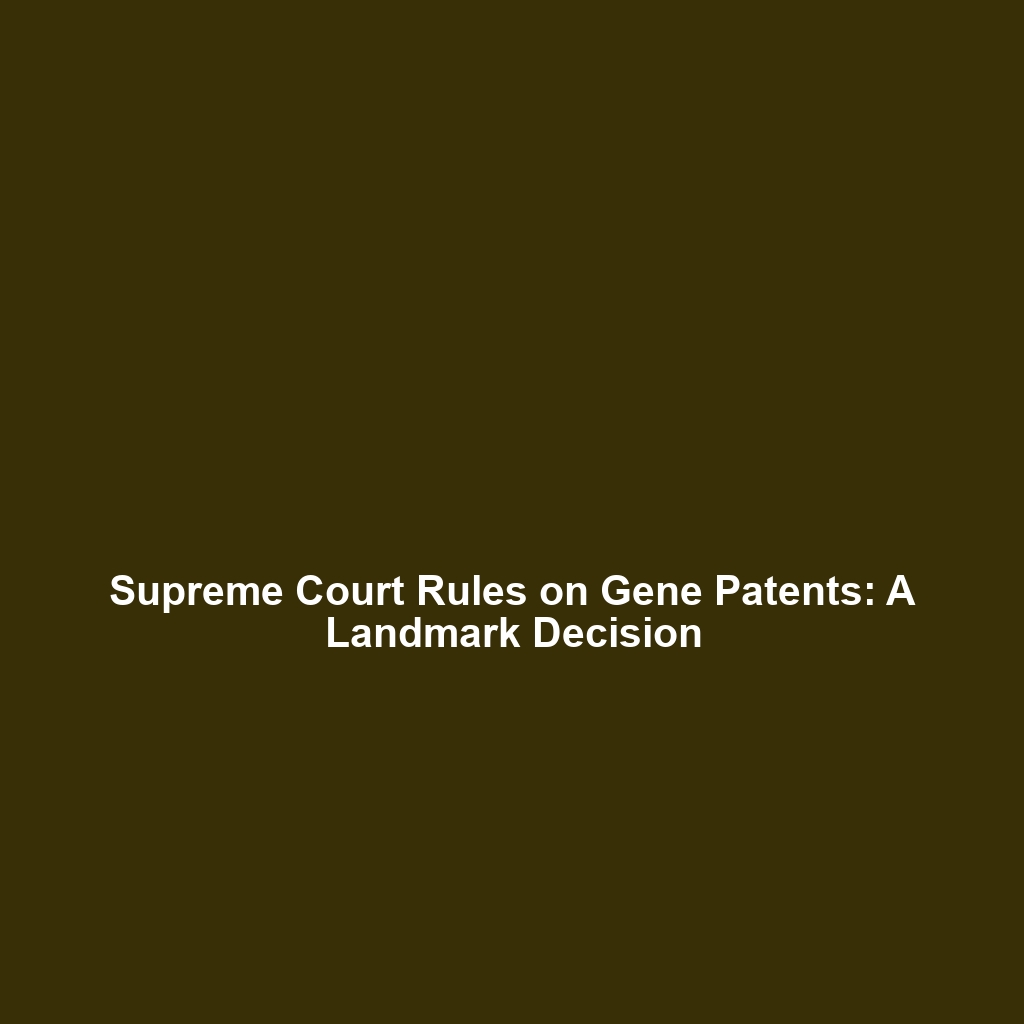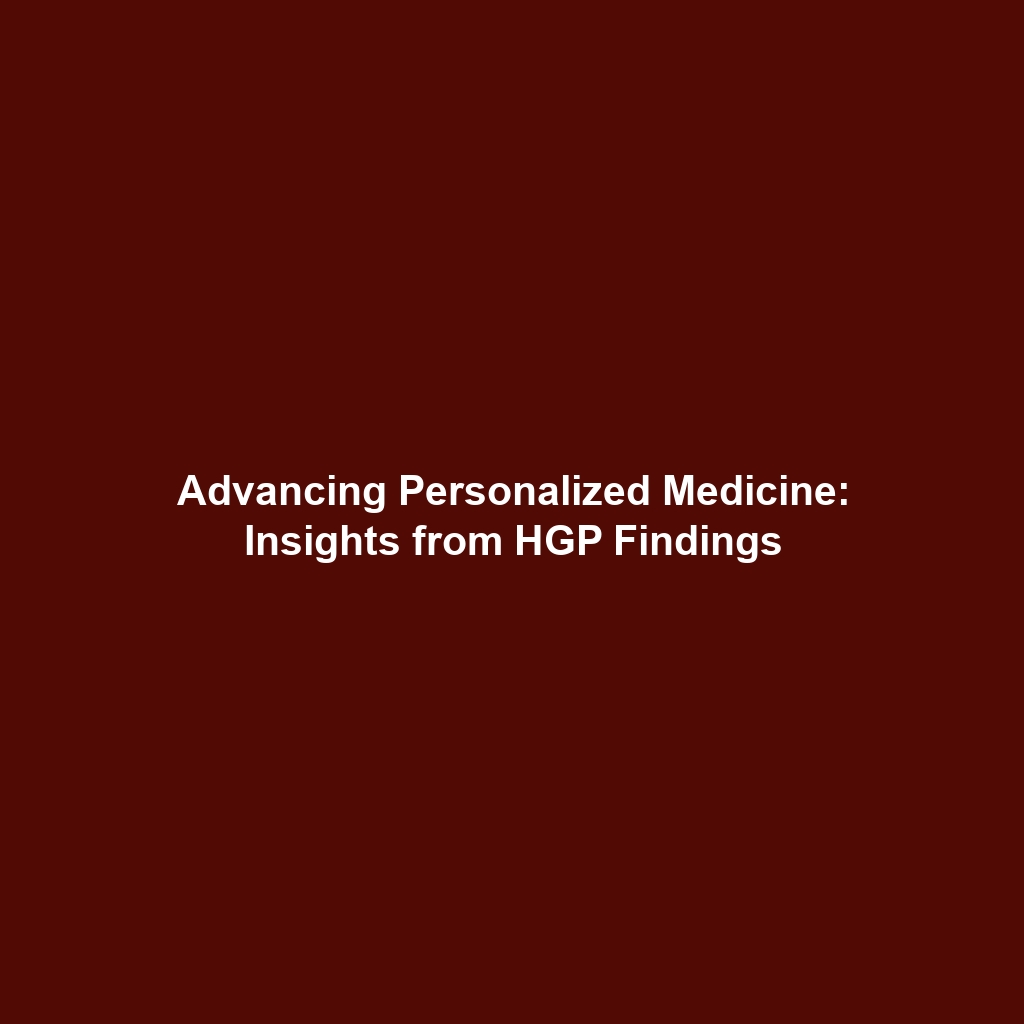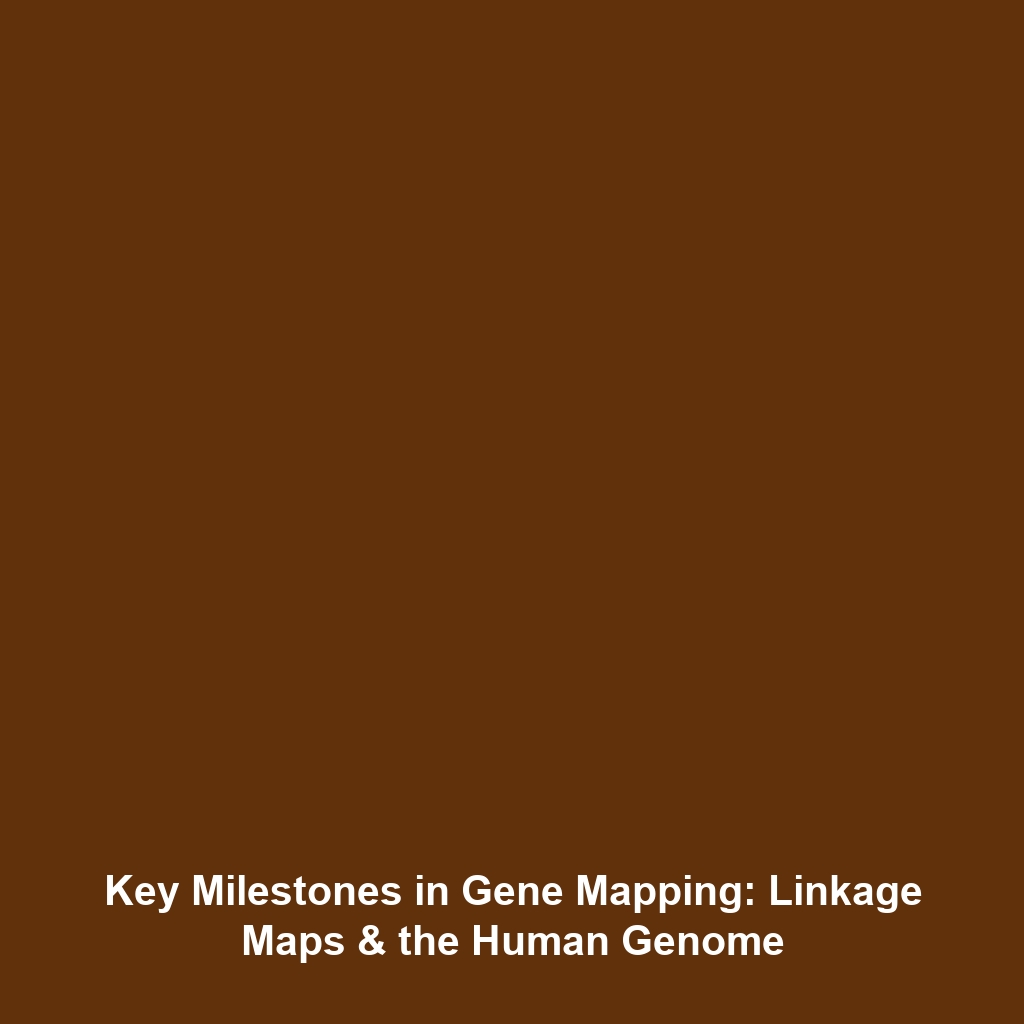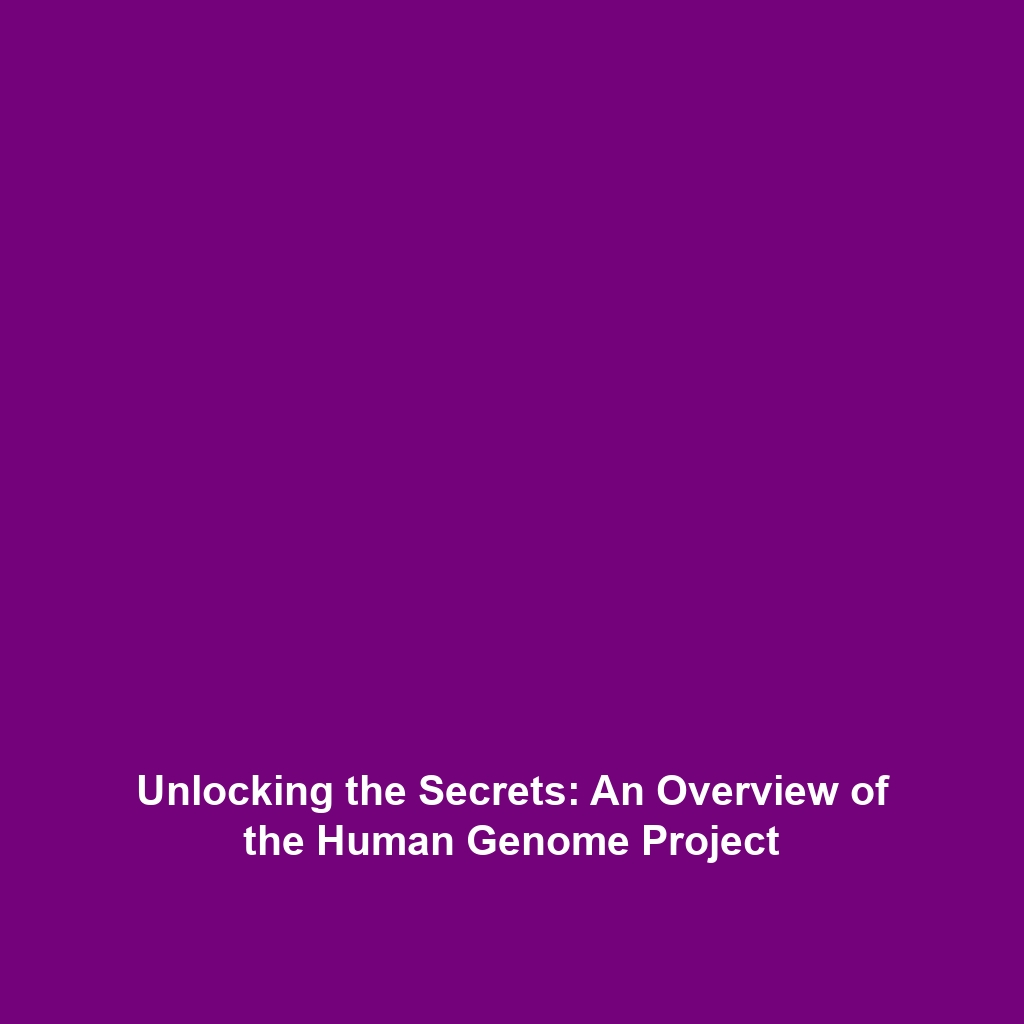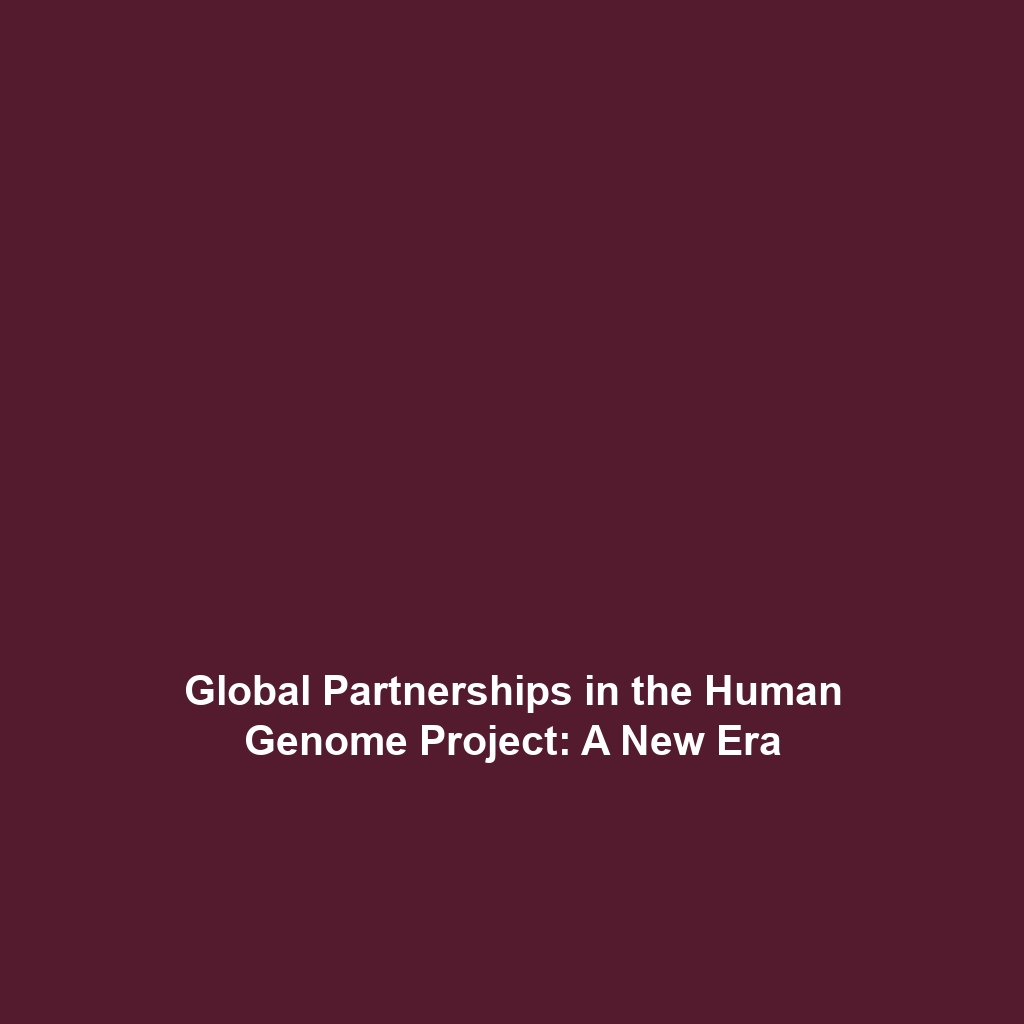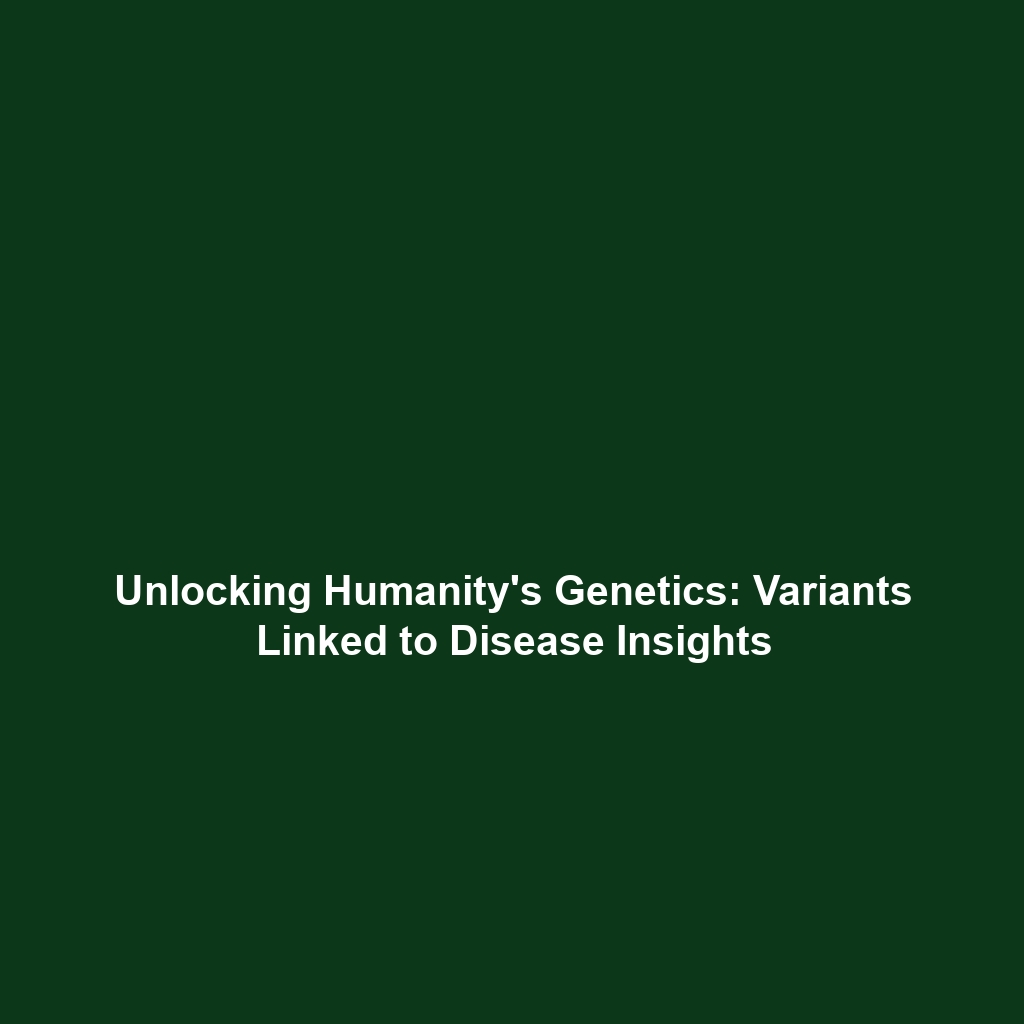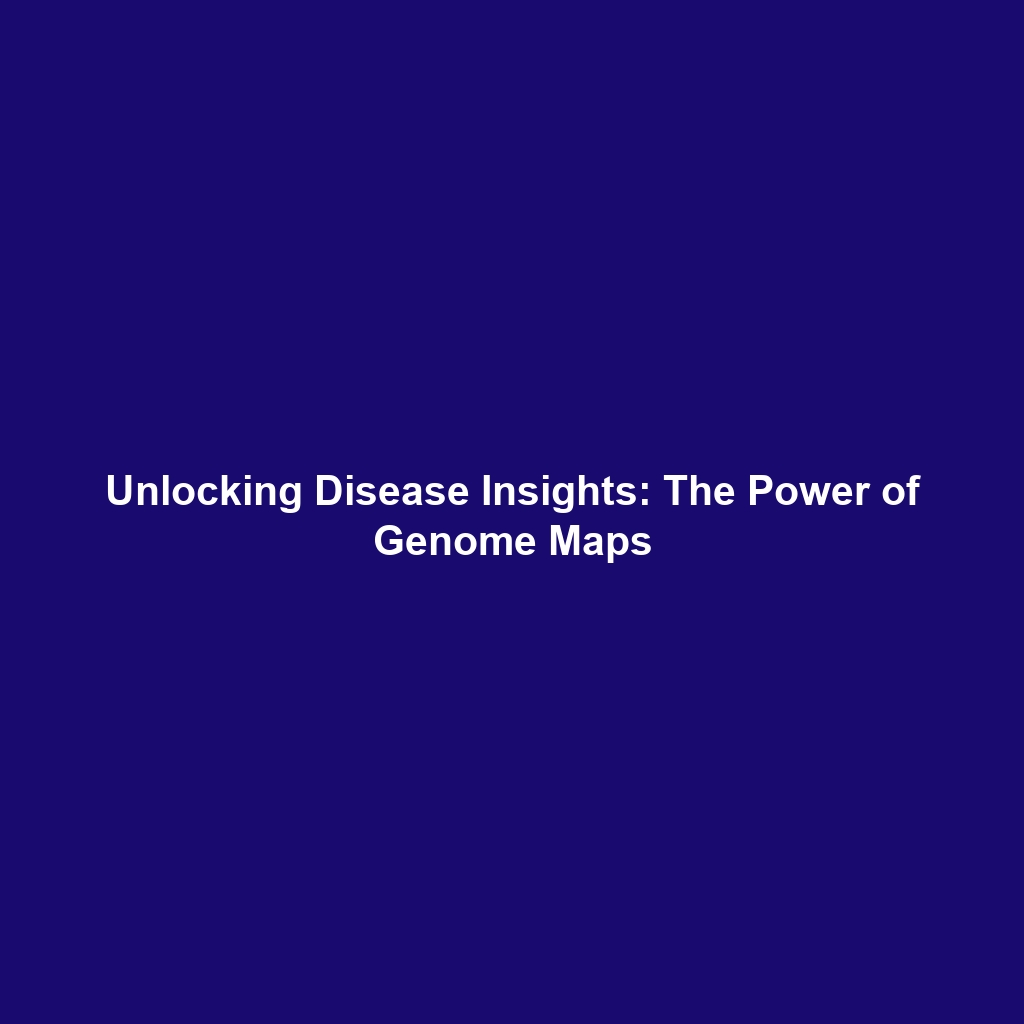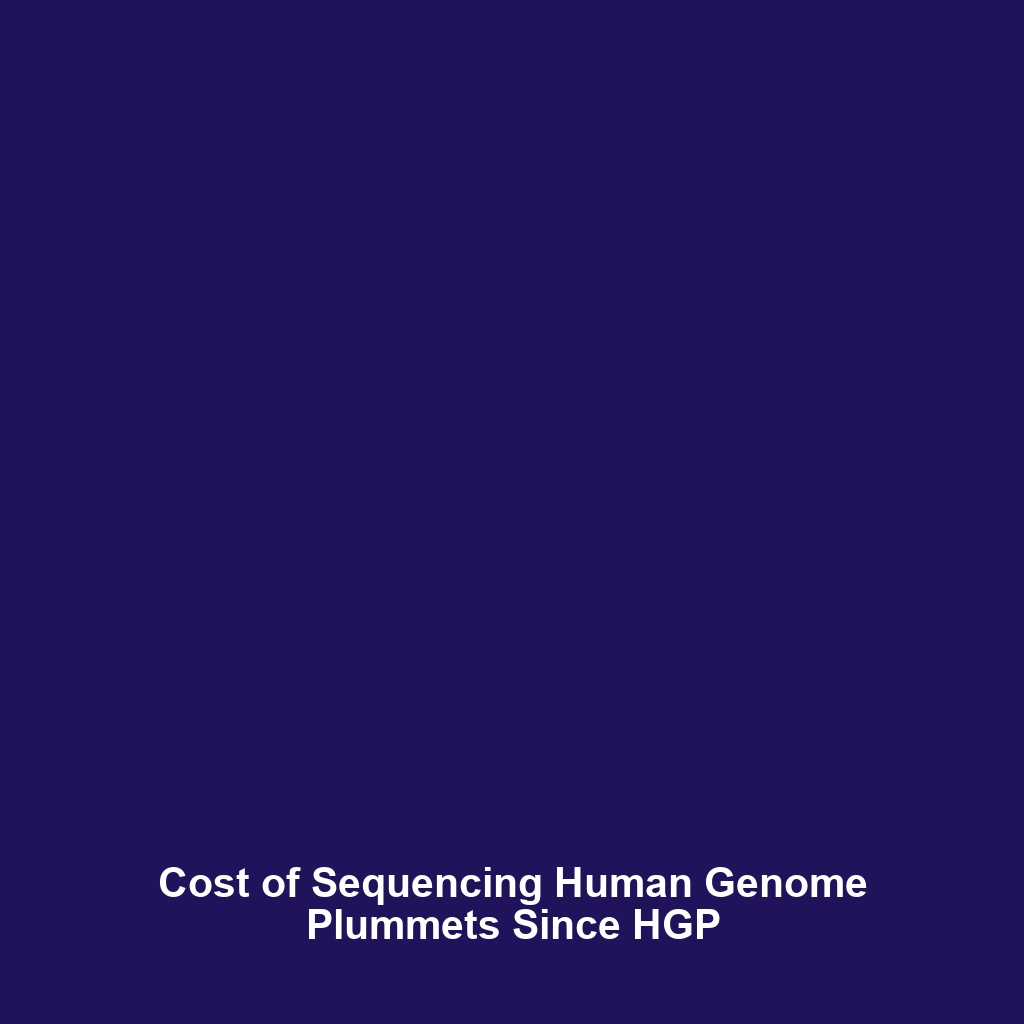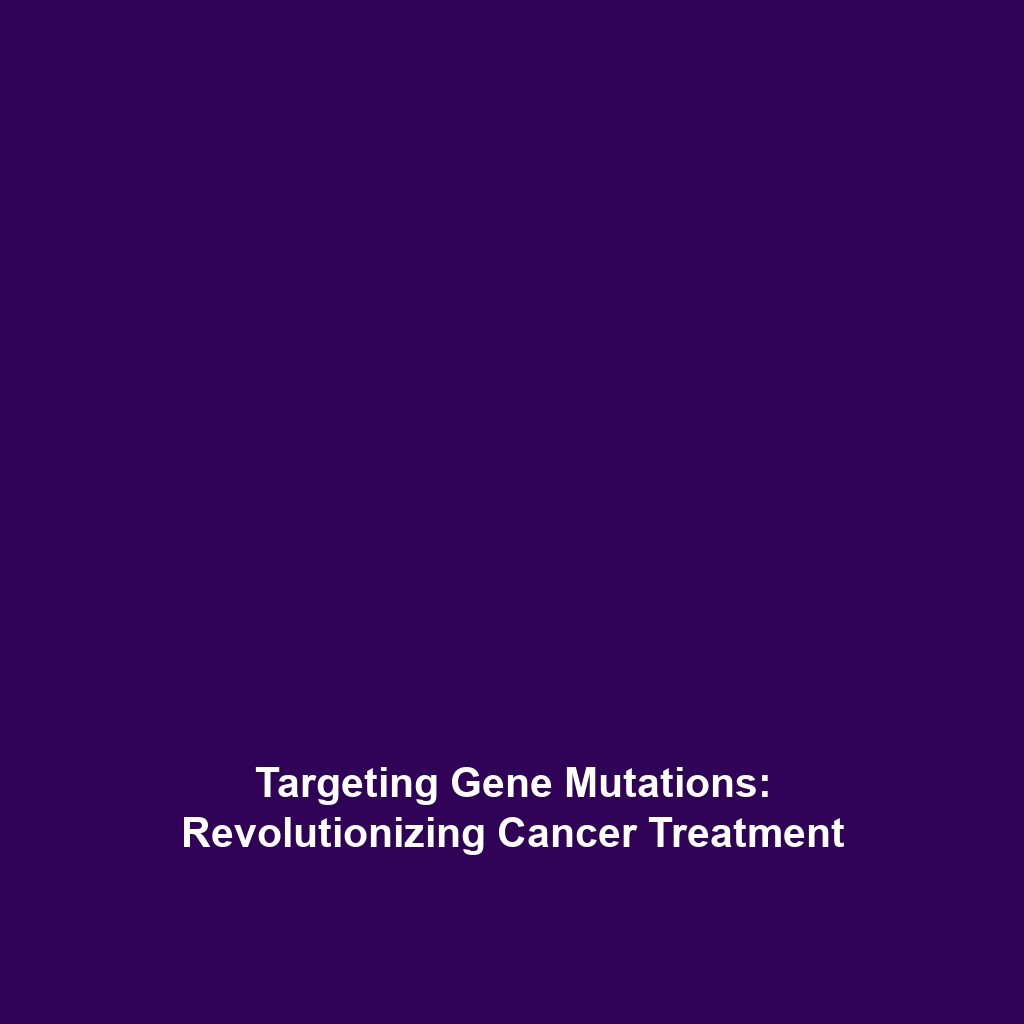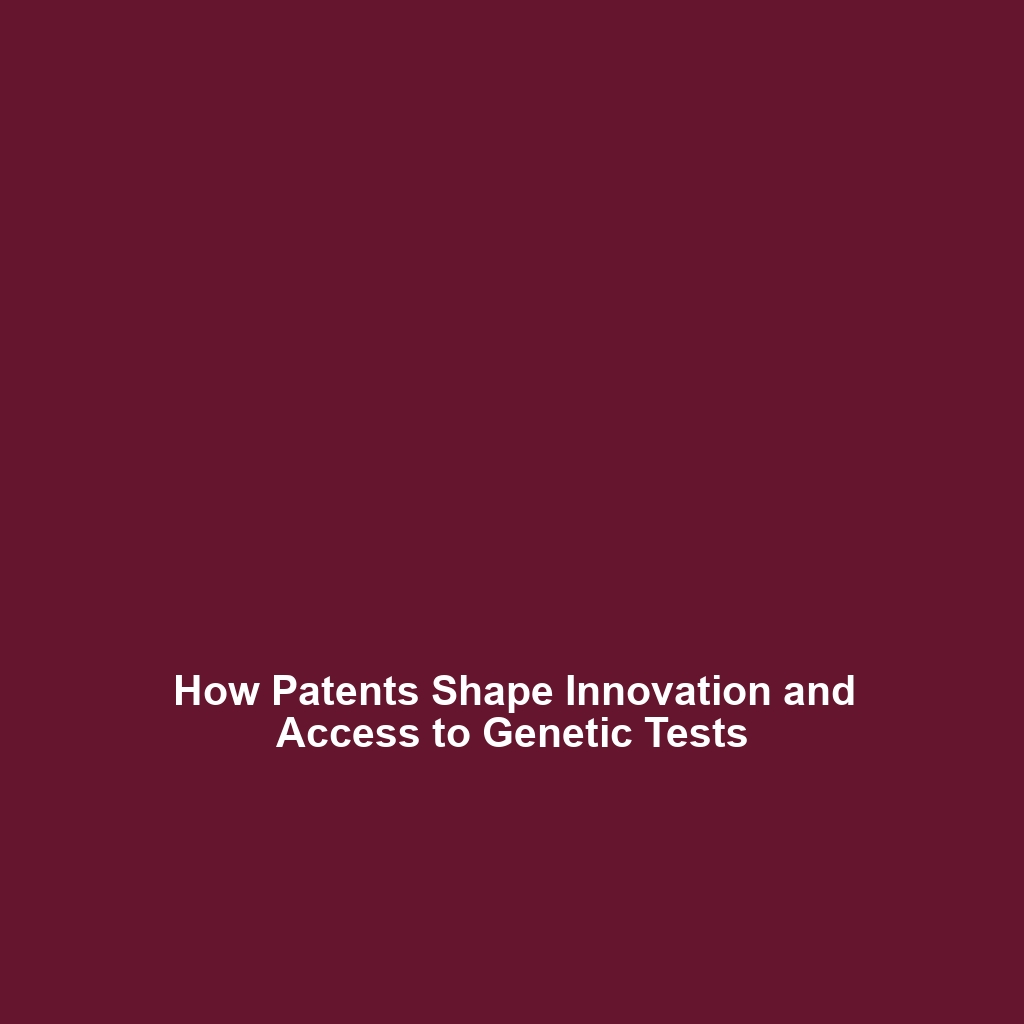Legal Battles and Gene Patenting: Implications of the Human Genome Project
Introduction: The U.S. Supreme Court decision in Association for Molecular Pathology v. Myriad Genetics marks a pivotal moment in the ongoing legal battles surrounding gene patenting. The Court ruled that naturally occurring human genes cannot be patented, a decision that significantly impacts the context of the Human Genome Project (HGP). This landmark ruling not only challenges the traditional notions of intellectual property within the field of genetics but also raises critical questions about access to genetic research and its applications. Understanding the intricacies of this legal battle is essential for grasping the broader implications of the Human Genome Project.
Key Concepts
The Human Genome Project laid the foundational work in the understanding of human DNA. Its completion in 2003 unlocked vital information that has set the stage for genetic research and biotechnology. The case of Association for Molecular Pathology v. Myriad Genetics is crucial in this arena for several reasons:
- Gene Patenting: This case challenged the legitimacy of patenting genes, arguing that genetic sequences found in nature should remain unpatented.
- Access to Research: The ruling promotes broader access to genetic material, potentially fostering innovation and research.
- Ethical Considerations: The decision raises ethical debates regarding the ownership of genetic information.
Applications and Real-World Uses
The ruling in Association for Molecular Pathology v. Myriad Genetics has tangible effects on various applications, including:
- Medical Diagnostics: Increased access to genetic testing allows for the early detection of diseases, benefiting patient care.
- Pharmaceutical Development: Open access to genetic data can lead to the development of new treatments and therapies.
- Biotechnology Research: Researchers are empowered to explore genetic variations without legal encumbrances.
Current Challenges
Despite the positive implications, the legal battles surrounding genetic patenting face certain challenges:
- Uncertainty in Legislation: Continuous changes in law and patenting criteria can create confusion for researchers and companies.
- Equity in Access: Not all communities might benefit equally from unrestricted genetic data.
- Intellectual Property Concerns: Companies may be discouraged from investing in genetic research without the security of patent protections.
Future Research and Innovations
Looking forward, the legal implications of the Myriad Genetics case will undoubtedly influence future research directions:
- Next-Generation Sequencing: Continued advances may lead to more personalized medicine approaches.
- CRISPR Technology: Ethical and legal frameworks will evolve to address gene editing technologies.
- Collaborations: Greater collaboration among researchers globally can emerge from the ruling’s implications.
Conclusion
The U.S. Supreme Court’s decision in Association for Molecular Pathology v. Myriad Genetics profoundly impacts patenting laws in genetics, reshaping our approach to the Human Genome Project’s outcomes. As the legal landscape continues to evolve, the scientific community must remain attuned to these changes to maximize the benefits of genetic research. For further reading, explore related topics on genetic ethics in our Ethical Considerations in Genetics page.
